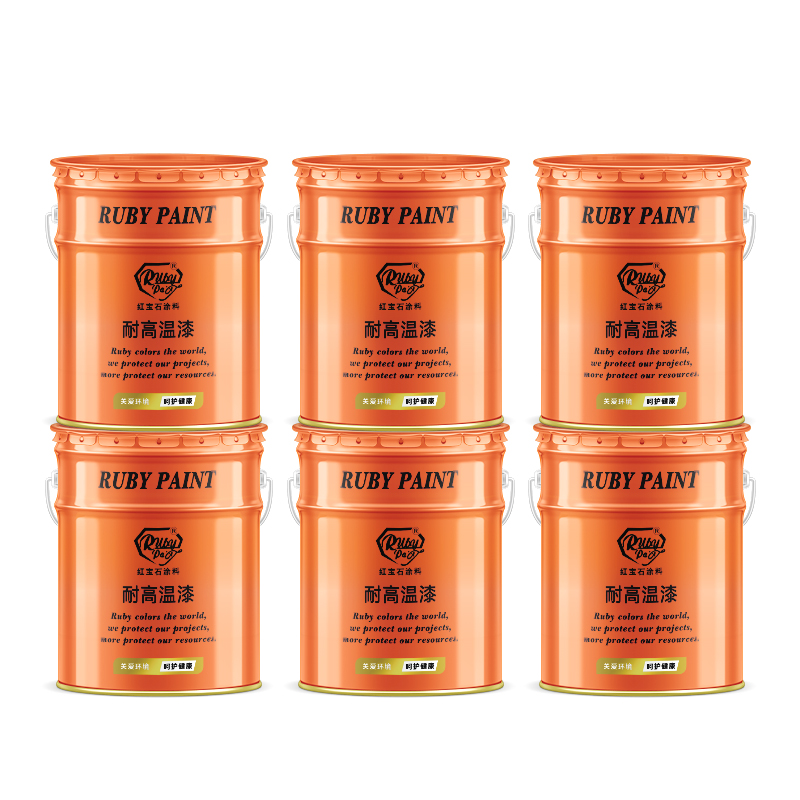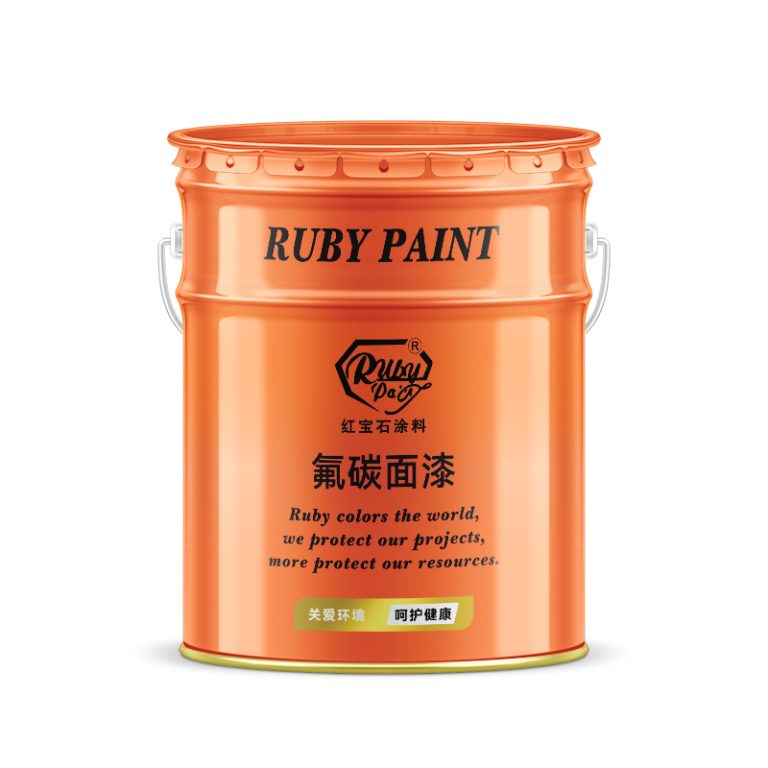Table of Contents
الاستخدامات المبتكرة لرقائق الألومنيوم في الحياة اليومية
الرقم التسلسلي
| اسم السلعة | طلاء إيبوكسي غني بالزنك |
| 1 | الأثر البيئي لإنتاج رقائق الألومنيوم وإعادة تدويرها |
لا.
اسم المنتج
الطلاء الصناعي
علاوة على ذلك، يستكشف المصنعون مواد وطرق إنتاج بديلة يمكن أن تقلل من البصمة البيئية لرقائق الألومنيوم. على سبيل المثال، تعمل بعض الشركات على تطوير بدائل قابلة للتحلل الحيوي وقابلة للتحويل إلى سماد لرقائق الألومنيوم التقليدية. توفر هذه المنتجات، المصنوعة من موارد متجددة مثل المواد النباتية، خيارًا أكثر استدامة للمستهلكين المهتمين بالتأثير البيئي لخياراتهم.
في الختام، في حين أن رقائق الألومنيوم منتج مناسب ومفيد، فإن إنتاجها والتخلص منها له أهمية كبيرة الآثار البيئية. ويساهم تعدين خام البوكسيت وتكريره في إزالة الغابات وتآكل التربة وتلوث المياه، في حين تؤدي عملية الصهر كثيفة الاستخدام للطاقة إلى انبعاثات كبيرة من غازات الدفيئة. يمكن أن تساعد إعادة تدوير رقائق الألومنيوم في تخفيف بعض هذه المشكلات، لكن معدل إعادة التدوير الحالي منخفض، ولا يزال التلوث يمثل تحديًا. تعد الجهود المبذولة لتحسين ممارسات إعادة التدوير، إلى جانب تطوير بدائل أكثر استدامة، أمرًا بالغ الأهمية لتقليل التأثير البيئي لرقائق الألومنيوم. ومن خلال اتخاذ خيارات مستنيرة ودعم الحلول المبتكرة، يمكن للمستهلكين أن يلعبوا دورًا حيويًا في تعزيز مستقبل أكثر استدامة.

The mining of bauxite ore also has environmental consequences. It can lead to deforestation, soil erosion, and water pollution, as well as disrupt local ecosystems. The refining process produces red mud, a highly alkaline waste product that can contaminate water sources and harm aquatic life. Proper management and disposal of this byproduct are crucial to minimizing its environmental impact.
On the other hand, recycling aluminium foil presents an opportunity to mitigate some of these environmental concerns. Aluminium is 100% recyclable and can be recycled indefinitely without losing its properties. Recycling aluminium requires only 5% of the energy used to produce primary aluminium, thus significantly reducing greenhouse gas emissions. However, the recycling rate of aluminium foil is relatively low compared to other aluminium products. This is partly due to contamination from food residues, which can complicate the recycling process.
To improve the recycling rate, it is essential to raise awareness about the importance of cleaning aluminium foil before disposal. Consumers play a crucial role in this regard, as their actions can directly impact the efficiency of the recycling process. Additionally, advancements in recycling technology could help address the challenges posed by contamination and increase the overall recycling rate of aluminium foil.
| No. | Product Name |
| 1 | Industrial paint |
Moreover, manufacturers are exploring alternative materials and production methods that could reduce the environmental footprint of aluminium foil. For example, some companies are developing biodegradable and compostable alternatives to traditional aluminium foil. These products, made from renewable resources like plant-based materials, offer a more sustainable option for consumers concerned about the environmental impact of their choices.
In conclusion, while aluminium foil is a convenient and useful product, its production and disposal have significant environmental implications. The mining and refining of bauxite ore contribute to deforestation, soil erosion, and water pollution, while the energy-intensive smelting process results in substantial greenhouse gas emissions. Recycling aluminium foil can help alleviate some of these issues, but the current recycling rate is low, and contamination remains a challenge. Efforts to improve recycling practices, coupled with the development of more sustainable alternatives, are crucial for reducing the environmental impact of aluminium foil. By making informed choices and supporting innovative solutions, consumers can play a vital role in promoting a more sustainable future.




